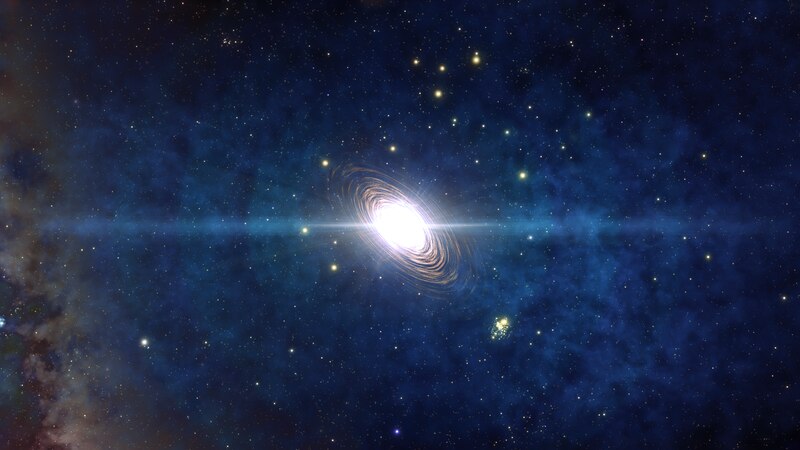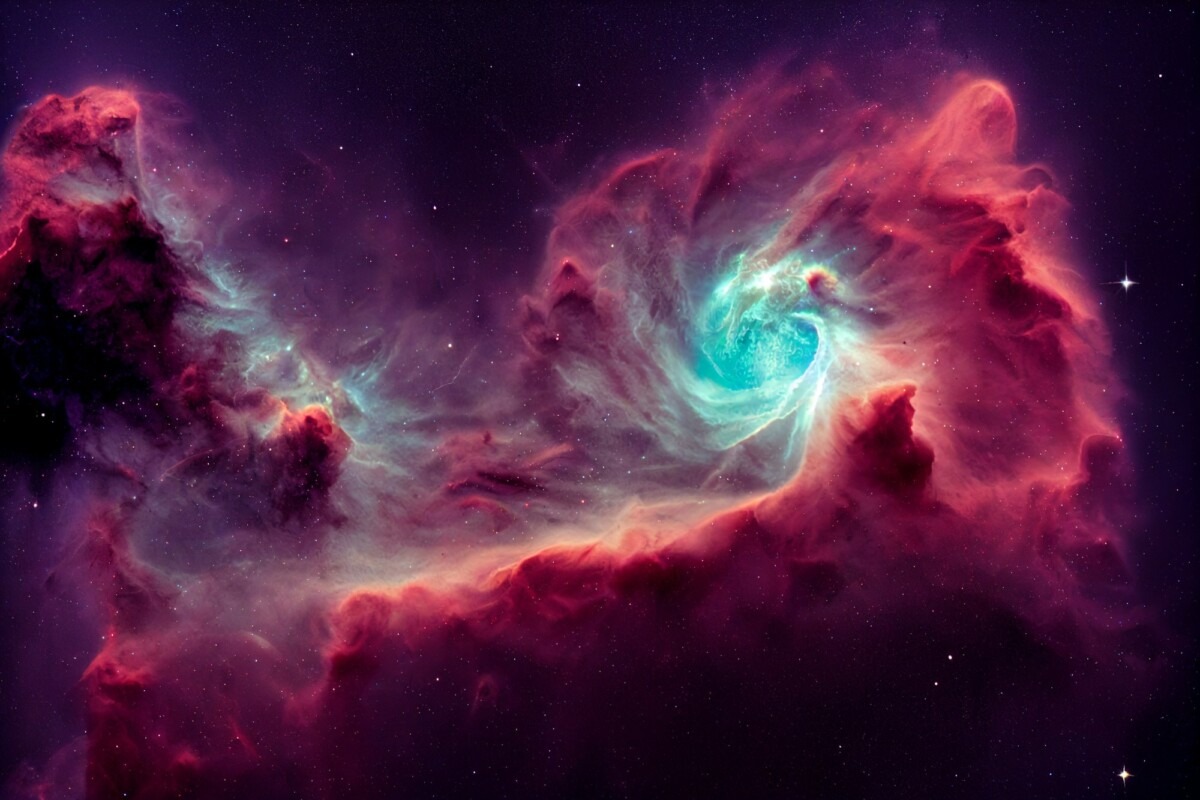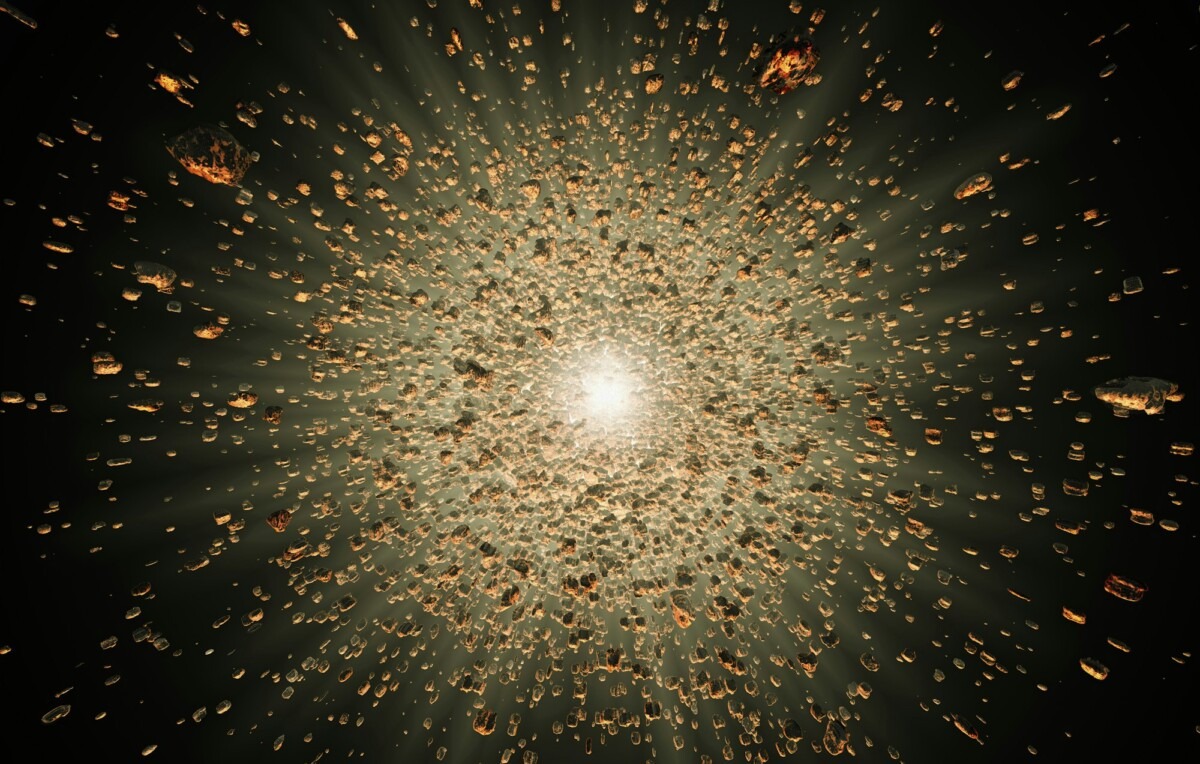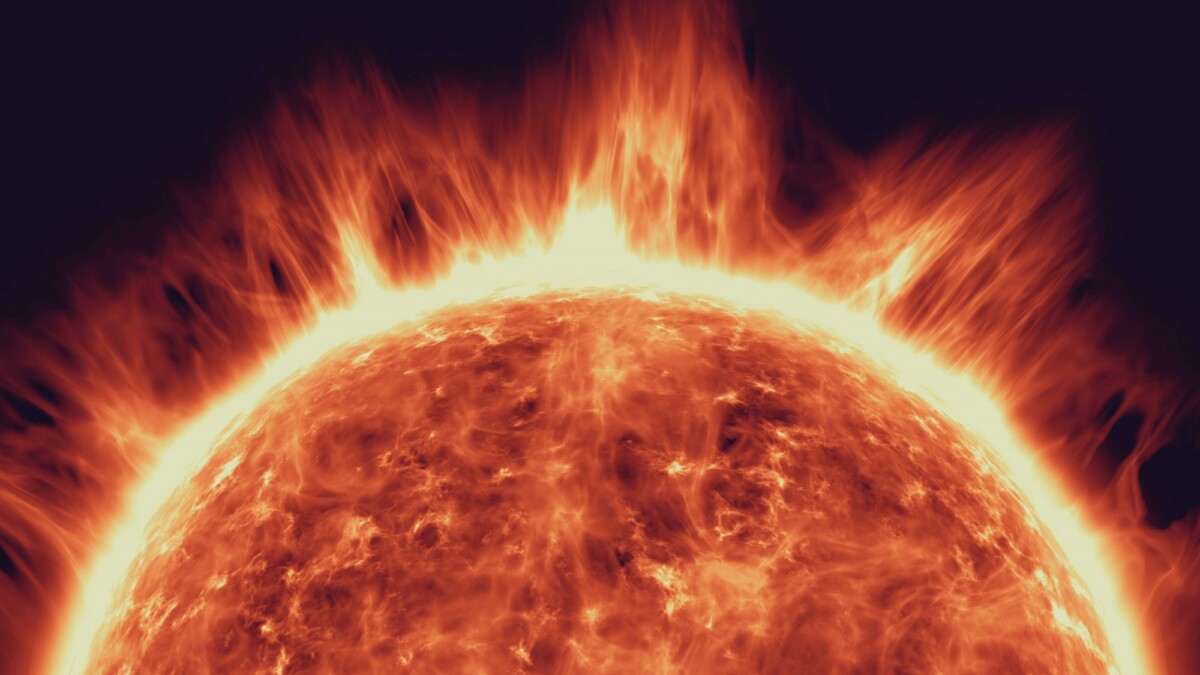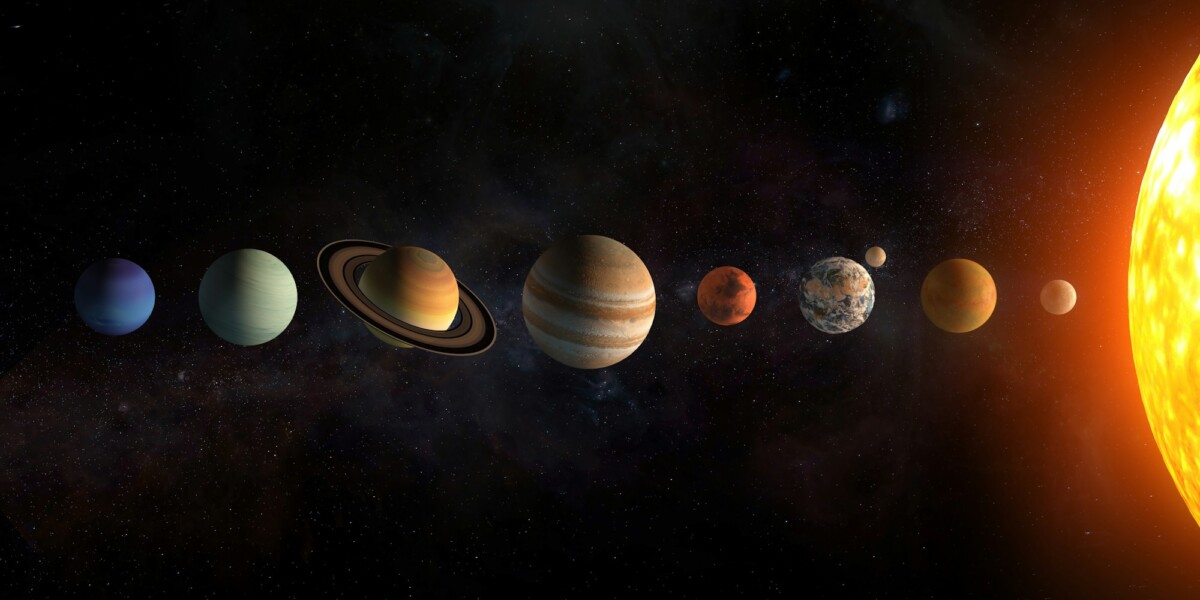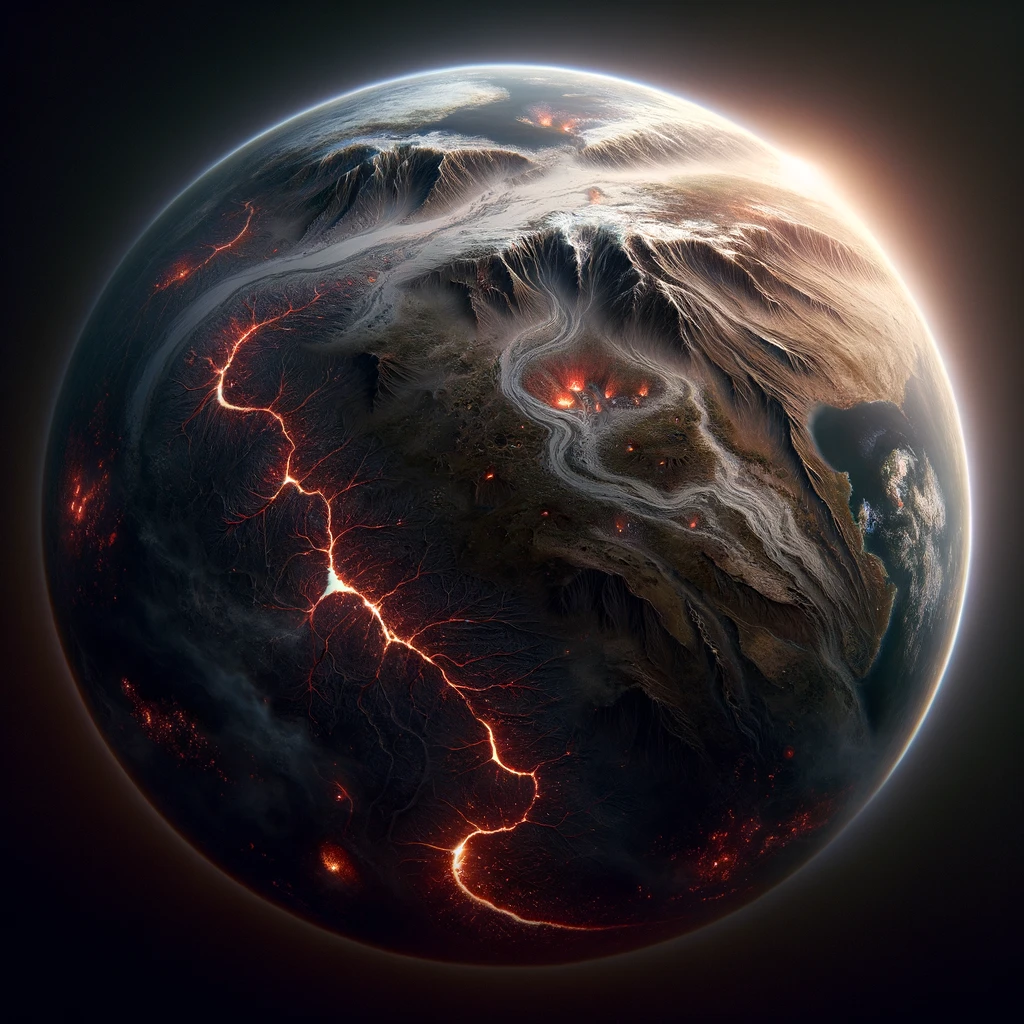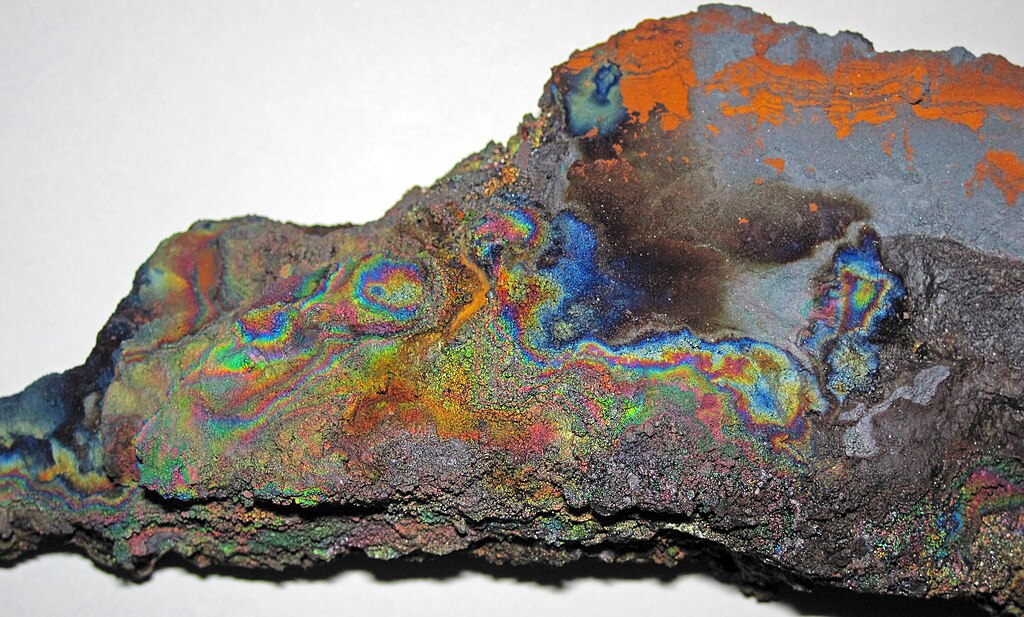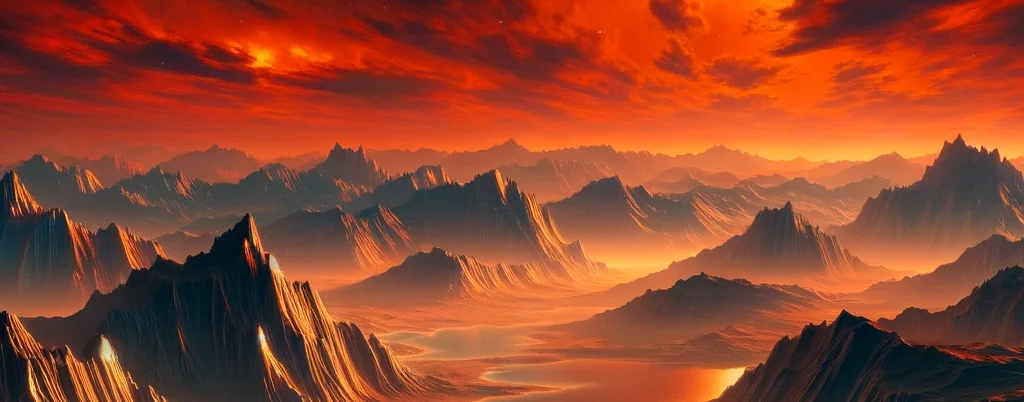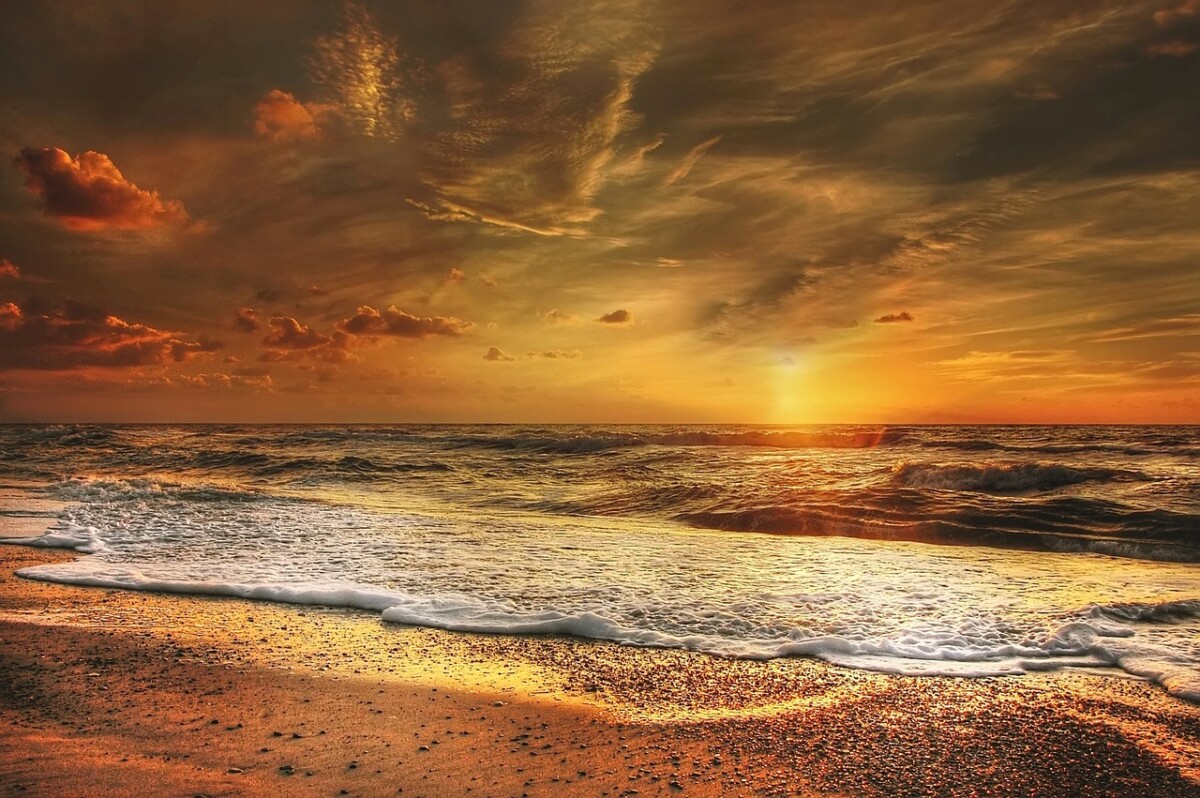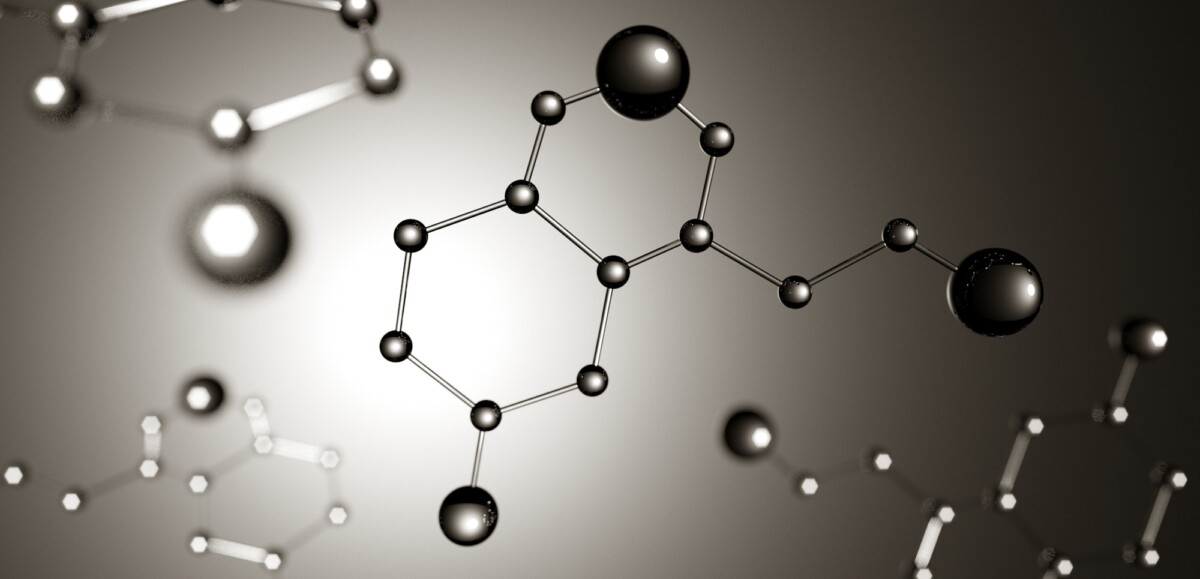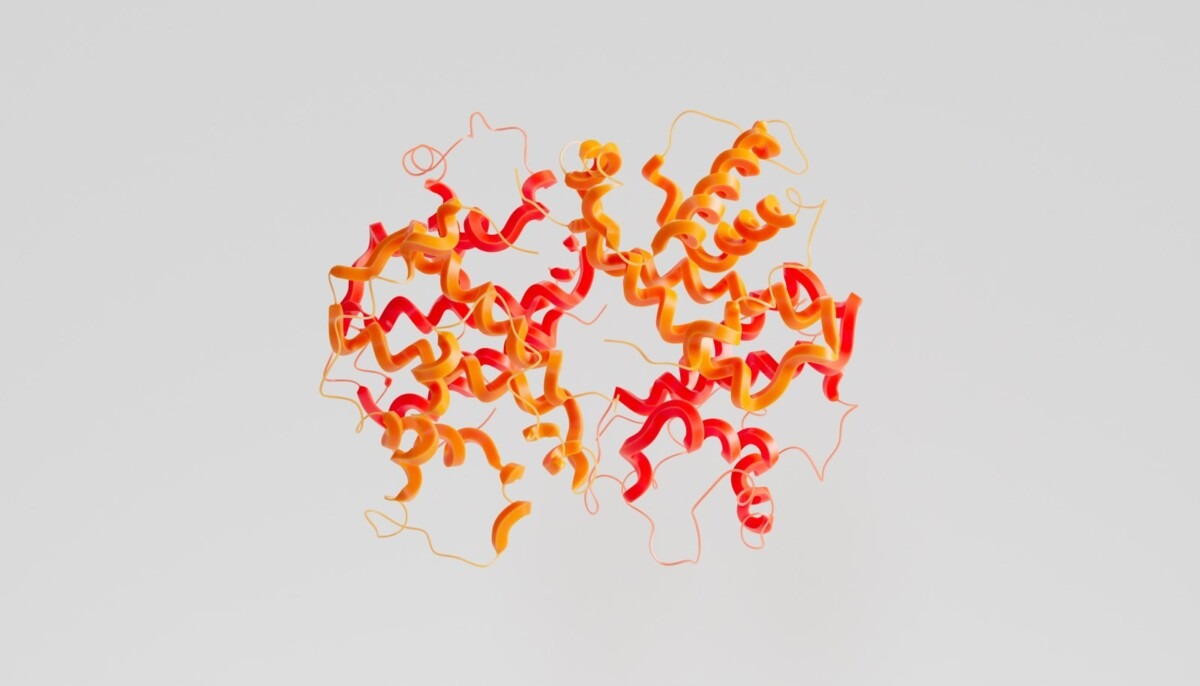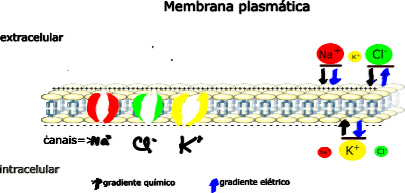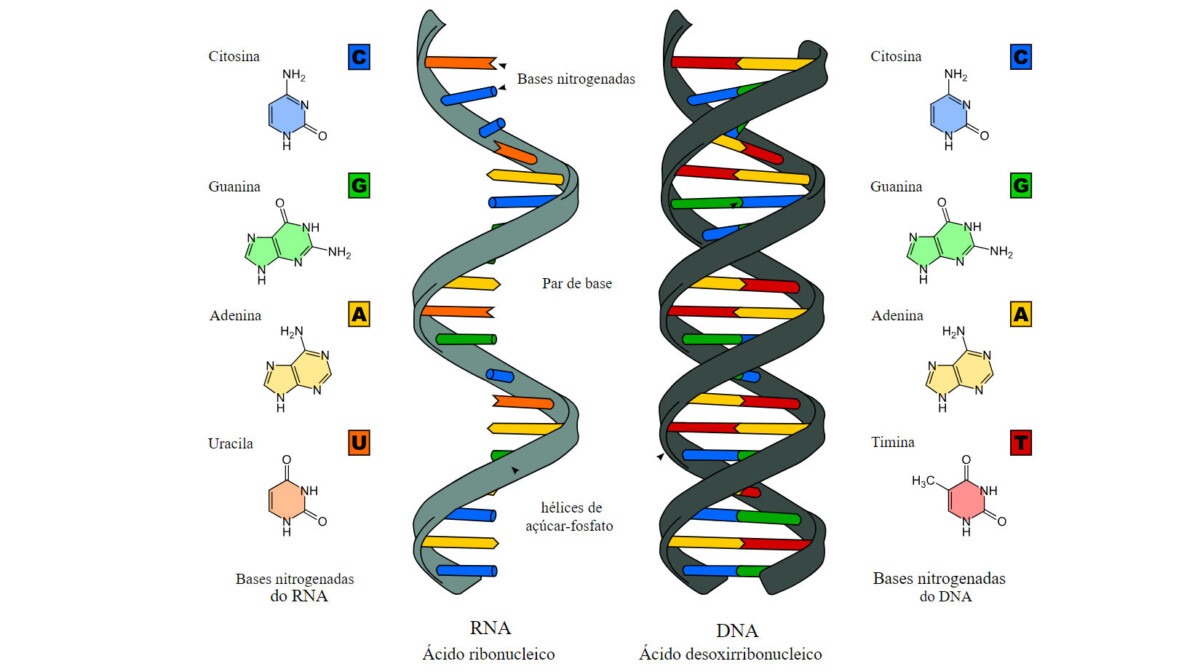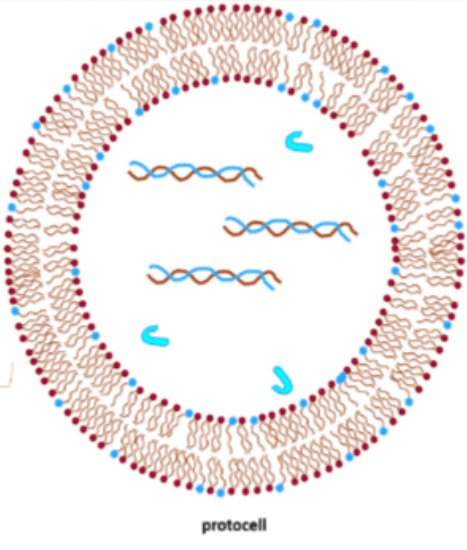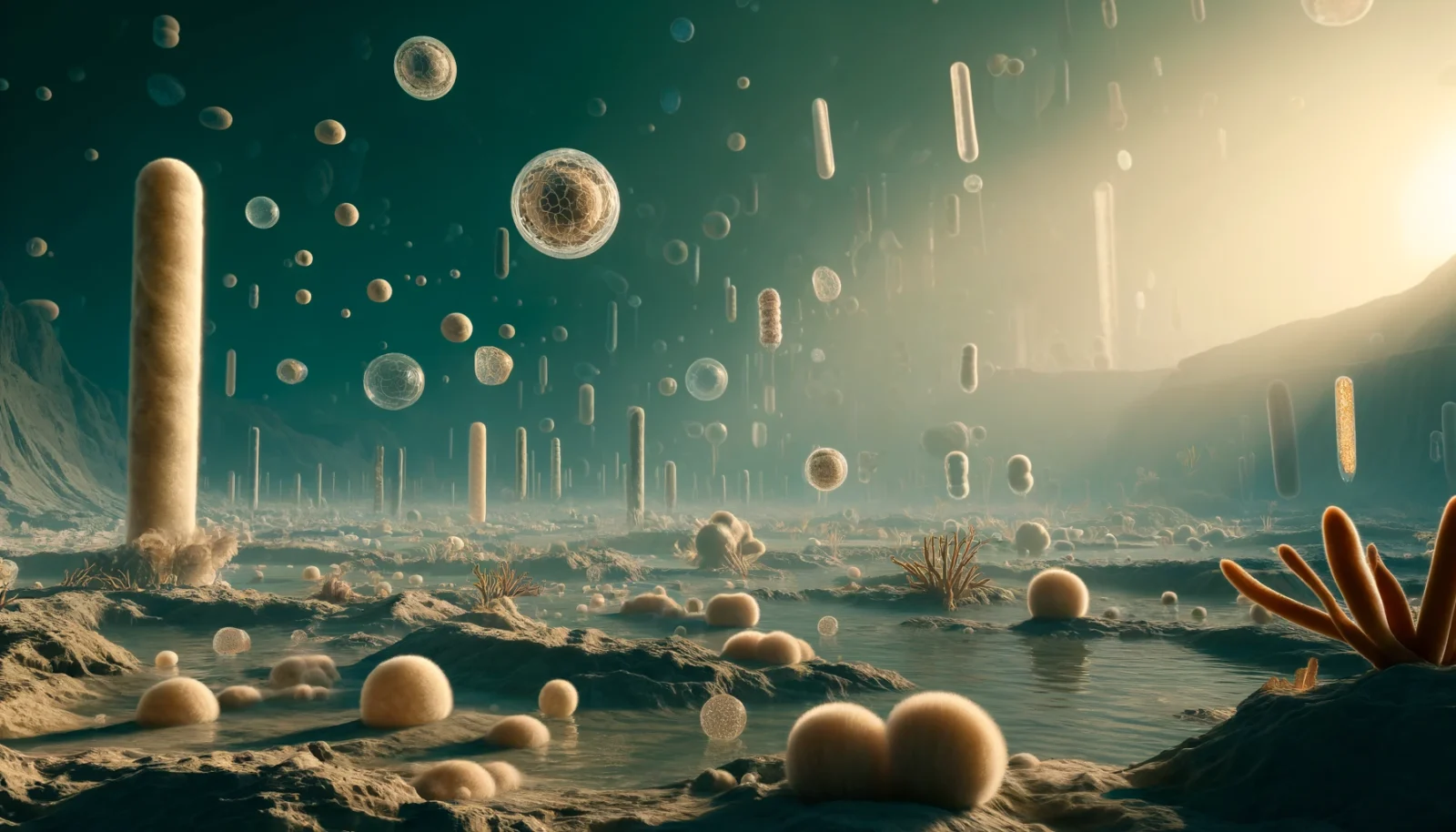Evolution TL: March to Life > Evolution > Great Apes > Human > Consciousness > All to Us
March to Life: In the vast timeline preceding the Last Universal Common Ancestor (LUCA), key steps in pre-LUCA evolution are shrouded in mystery, yet critical milestones include chemical evolution to the emergence of self-replicating molecules (FIRST LIFE), the development of cellular membranes, and the establishment of metabolic pathways. These steps reflect a gradual increase in complexity from geological events to chemical reactions to simple organic molecules to more organized structures capable of sustaining life. While timeline reference dates remain speculative, they collectively paved the way for the diversity of life that would follow.
Legacy: First 26 elements of the periodic table of elements.
After a few hundred million years, gravity continued to play its part, drawing atoms into an intimate collapse, giving birth to the very first stars and galaxies. These first stars, known as Population III stars, were stellar giants: massive, hot, and short-lived; they burned for just a few million years, likely with no planets to keep them company. None of these titans still illuminate the cosmos today. Their legacy is the creation of increasingly heavier elements, starting with carbon, nitrogen, and oxygen, and continuing up to iron with its 26 protons.
Big History Thresholds: 1=Big Bang | 2=Stars&Galaxies | 3=Chemicals | 4=Solar System | 5=First Life | 6=TI | 7=Agrarian | 8=Science
Stars Light Up: The formation of the first stars marked the second threshold. These stars forged the first heavy elements in their cores, which are essential for the creation of everything from planets to human life.
Legacy: Began enriching the interstellar medium with heavier elements, including carbon, necessary for organic chemistry
From the ashes of Population III stars, celestial giants, rose a new generation of stars, the Population II stars. These stars contained a higher proportion of the heavier elements, granting them a longer lifespan, and likely the company of planets. Since most Population III stars had a lifespan of only about 10 million years, Population II stars started forming shortly after Population III stars.
The synthesis of simple organic molecules such as formaldehyde (H₂CO), methanol (CH₃OH), and simple hydrocarbons in the dense molecular clouds of the interstellar medium occured once sufficient carbon was present. This process has been ongoing for billions of years but became more prevalent as the universe aged and more carbon became available.
Big History Thresholds: 1=Big Bang | 2=Stars&Galaxies | 3=Chemicals | 4=Solar System | 5=First Life | 6=TI | 7=Agrarian | 8=Science
New Chemical Elements: With threshold 3, the Periodic Table expands. While Big History dates this to the expansion of elements about 13.5 billion years ago, I’m showing it in my timelines a bit later at 10 BYA, when those heavier elements started forming molecules. This helps bridge the gap from elements to life.
4.6 billion years ago, a cloud of gas and dust collapsed under the force of its own gravity to form our solar system.With the Sun at its center, glowing, the planets had not yet formed. The Sun, a G-type Population 1 star, shines brightly with a surface temperature of about 9,400 degrees, 5,500 Kelvin, and a lifespan of about 10 billion years.
Big History Thresholds: 1=Big Bang | 2=Stars&Galaxies | 3=Chemicals | 4=Solar System | 5=First Life | 6=TI | 7=Agrarian | 8=Science
Formation of Solar System and Earth: The 4th threshold is the forging of our Solar System.
The Earth and the other planets formed 4.5 billion years ago from the same cosmic cloud—the primordial material which gave birth to the Sun. The dust and comets—the rocks—were composed largely of hydrogen, ice, carbon, and nitrogen.
Likely white or grayish atmosphere: The first atmosphere developed first but was not directly involved in the development of life. The first atmosphere formed shortly after Earth’s formation around 4.5 billion years ago. This initial atmosphere was primarily composed of hydrogen and helium, the lightest and most abundant elements in the universe, which were captured from the solar nebula.
This first atmosphere was very thin and likely dissipated into space due to Earth’s weak gravitational pull at the time and the intense solar winds from the young Sun.
The chemical evolution from inorganic precursors to organic molecules is a fascinating story of transformation driven by Earth’s dynamic early conditions and possibly assisted by the input from space in the form of meteorites rich in organic compounds. During this period, the Earth witnessed a series of complex chemical reactions facilitated by its primordial atmosphere, volcanic eruptions, deep-sea hydrothermal vents, and irradiation from the Sun. These conditions led to the synthesis of simple organic compounds from inorganic substances—a foundational step towards life.
- Domain: none (clearly pre-life)
This phase of chemical evolution is characterized by:
- Energy Sources: UV radiation from the Sun, electrical discharges from lightning, and heat from hydrothermal vents provided the energy needed for the synthesis of organic molecules.
- Catalysts: Mineral surfaces, such as those of clay and pyrite, might have acted as catalysts, facilitating the formation of more complex organic molecules.
- Environmental “Labs”: Varied environmental settings, including tidal pools, volcanic islands, and ice, offered unique conditions that could concentrate and protect these nascent organic compounds, allowing for further complexity.
Deep orange or reddish-brown atmosphere: The second atmosphere’s formation was crucial and occurred just before or alongside the formation of Earth’s oceans, which directly supported the evolution of organic molecules and prebiotic microenvironments. The second atmosphere began to develop around 4.5 to 4 billion years ago, as volcanic outgassing released gases trapped in the Earth’s interior. This process was part of Earth’s differentiation and cooling phase.
Unlike the first atmosphere, the second was rich in water vapor, carbon dioxide, nitrogen, and other volcanic gases such as sulfur compounds and small amounts of ammonia and methane. Notably, it lacked free oxygen.
The cooling of Earth and the condensation of water vapor from volcanic outgassing led to the formation of Earth’s oceans. This means the second atmosphere’s development was critical for creating the conditions necessary for ocean formation.
As the Earth cooled following its formation, outgassing from volcanic activity released water vapor and other gases into the atmosphere. When the Earth’s surface cooled sufficiently, this water vapor condensed and fell as rain, filling the basins that would become oceans.
While the 4.4 billion years ago is a guess as to when these processes might have started, the 4.1 billion years ago guess is a better representatoin of current understanding on when the needed building blocks of life evolved.
Before the appearance of self-replicating molecules, there was a crucial phase of chemical evolution where simple organic molecules formed from inorganic precursors. This process, possibly facilitated by conditions on early Earth or through extraterrestrial contributions (like meteorites), led to the accumulation of organic compounds, such as amino acids and nucleotides, setting the stage for the complexity of life.
- Domain: none (clearly pre-life)
Alongside or following the chemical evolution of organic molecules, the formation of prebiotic microenvironments, such as hydrothermal vents or warm little ponds, provided niches where concentrations of organic molecules could interact. These environments could have been crucial for the assembly of complex organic molecules and the initiation of catalytic cycles.

The appearance of self-replicating molecules, such as RNA or similar nucleic acid analogues, signified a monumental leap towards life. These molecules had the ability to store genetic information and catalyze their own replication, laying the foundational mechanism for heredity and evolution by natural selection, driving the complexity forward towards the emergence of life as we understand it. While none survive today, viruses are an interesting related non-life thing. Another interesting and related thing in modern life are plasmids and transposons. In bacteria and some other organisms, these DNA molecules replicate independently of the host’s chromosomal DNA. While they are part of complex cellular life and rely on the cell’s machinery for replication, their ability to replicate independently echoes the autonomy of early self-replicating molecules.
- Domain: Pre-domain or none > Kingdom: Not applicable
Big History Thresholds: 1=Big Bang | 2=Stars&Galaxies | 3=Chemicals | 4=Solar System | 5=First Life | 6=TI | 7=Agrarian | 8=Science
Life on Earth: The 5th threshold is life on Earth.
The formation of cellular membranes represents a pivotal development in the pre-life world, enabling the creation of defined boundaries for primitive cells. These membranes, likely formed from simple lipid bilayers, provided a controlled environment for chemical reactions and played a critical role in the emergence of the first cell-like structures, distinguishing them from their surrounding environment.
Following the appearance of self-replicating molecules, the RNA world hypothesis suggests a period where RNA served both as genetic material and as a catalyst for chemical reactions. This phase emphasizes the central role of RNA in early life forms, prior to the evolution of DNA and proteins. The RNA world could be considered both a precursor and a part of the early stages of life, highlighting RNA’s versatility and its significance in the origin of life.
Survivors: None survive today, but ribozymes are insterestingly related. Within the cells of all modern organisms, there are molecules called ribozymes, which are RNA molecules capable of catalyzing specific biochemical reactions, including the replication of RNA in some cases. Ribozymes are considered molecular fossils of the RNA world, providing a direct link to the era when self-replicating RNA molecules could have been the basis of life.
Between the development of metabolic pathways and the formation of cellular membranes, there might have been a phase involving the assembly of protocells. These protocells, formed from self-assembled lipid molecules creating vesicles, could encapsulate nucleic acids and metabolic molecules, offering a primitive model for cell-like structures. Protocells represent a bridge between non-living chemical systems and the first living cells, showcasing the potential for life-like behaviors without full biological complexity.
Before the diversification of life, the establishment of basic metabolic pathways marked a crucial step towards biochemistry that supports life. These pathways allowed the conversion of inorganic and simple organic molecules into more complex compounds, setting the stage for energy transfer and the synthesis of key biomolecules necessary for cellular processes.
First Prokaryotes: They evolved from replicating molecules and before LUCA (also a prokaryote). Prokaryotes lack a nucleus and organelles. Although research continues identifying when the first true prokaryotes evolved, it is believed they evolved sometime between 3.8 to 4 billion years ago. While the earliest prokaryotes are part of our direct-line ancestors, today we know their descendants as bacteria and archaea. Bacteria is part of our common knowledge, but archaea are mostly known to microbiologists because they mainly live in extreme temperatures. Interestingly, viruses are neither these prokaryotes nor later eukaryotes. They are a holdover from before prokaryotes and are not considered life.
- Domain: Pre-Domain or none > Kingdom: not applicable
First DNA Life: From chemical reactions before 4 billion years ago to replicating molecules about 4 billion years ago to DNA based life then to LUCA, the only DNA based branch to survive. Meaning, DNA based life likely started before LUCA, and LUCA is the only branch to survive the test of time. From LUCA to humans, RNA and DNA are essentially the same as today. They serve as the tools for genetic information storage, transmission, and expression through prokaryotes to eukaryotes, underpinning the diversity and complexity of life on Earth. The last universal common ancestor (LUCA) is estimated to have lived approximately 3.5 to 3.8 billion years ago. It is the organism from which all current life on Earth descended from. Your greatest grandparents.
Imagined image: LUCA in a variety of shapes that they might have resembled, set in an ancient, deep-sea hydrothermal vent environment.
- Domain: Pre-Domain > Kingdom: Not applicable
(Common ancestor to the Bacteria, Archaea, and Eukaryota kingdoms)
Next >>
Evolution TL: March to Life > Evolution > Great Apes > Human > Consciousness > All to Us



